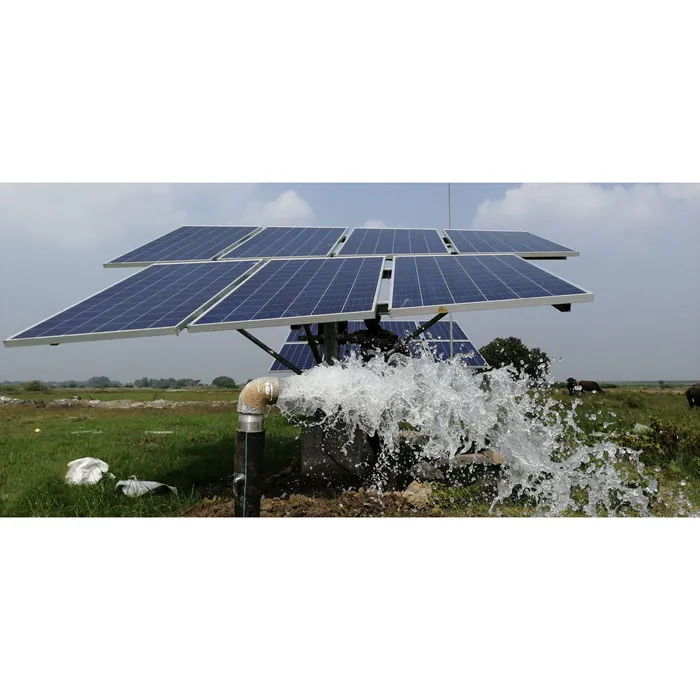How Solar Water Pumps Work: A Sustainable Solution for Water Management in Agriculture and Beyond
2024-11-12
As water scarcity becomes a pressing issue and energy prices continue to rise, solar water pumps are gaining traction as a sustainable, cost-effective solution for water management. In this post, we’ll explore how solar water pumps work, their components, and their applications in agriculture, rural water supply, and off-grid areas.
Key Points to Cover:
1. What is a Solar Water Pump and How Does it Work?
- Define a solar water pump as a water pumping system powered by solar panels instead of traditional electricity or diesel. Explain the basic working principle: sunlight is captured by photovoltaic (PV) panels, converted into electrical energy, and used to power a motor that pumps water.
- Break down the components, including the solar PV panels, pump controller, electric motor, and the pump itself (either a submersible or surface pump).
2. Types of Solar Water Pumps: Surface vs. Submersible
- Describe the two main types of solar water pumps: surface and submersible.
- Surface Solar Pumps are used to lift water from a shallow depth, making them suitable for small ponds, rivers, or shallow wells.
- Submersible Solar Pumps are designed for deeper wells and boreholes, where water needs to be pumped from greater depths.
- Explain how different setups cater to specific water needs, such as irrigation, drinking water, or livestock.
3. Advantages of Solar Water Pumps Over Traditional Pumps
- Cost-Effective Operation: Since they’re powered by sunlight, solar pumps reduce reliance on diesel and electricity, leading to significant cost savings over time.
- Environmental Benefits: Solar water pumps produce zero emissions, helping reduce carbon footprints and supporting sustainable practices in agriculture and other fields.
- Low Maintenance: Compared to diesel-powered pumps, solar pumps have fewer moving parts, meaning lower maintenance and longer operational life.
4. Key Applications of Solar Water Pumps
- Agricultural Irrigation: Explain how solar water pumps support irrigation by supplying a steady water flow to crops, especially in remote or off-grid areas. Discuss their role in drip irrigation systems, which enhance water use efficiency.
- Livestock Watering: Describe how solar pumps are used in ranching to supply water to remote troughs and tanks, benefiting farmers in areas with limited water infrastructure.
- Rural Water Supply: Discuss the role of solar water pumps in providing drinking water in rural or isolated areas, especially in developing regions where conventional electricity isn’t accessible.
5. Factors to Consider When Choosing a Solar Water Pump
- Water Source Depth: The depth of the water source dictates whether a surface or submersible pump is required.
- Flow Rate and Volume Requirements: Understand how to calculate the required water flow rate based on intended applications, such as crop irrigation or household use.
- Solar Irradiance in the Area: Optimal sunlight exposure is key for efficient operation. Discuss the importance of solar panel placement and orientation to maximize sunlight capture.
6. Case Studies: Success Stories of Solar Water Pumps
- Share examples of regions or communities that have successfully implemented solar water pumps, showcasing improvements in crop yield, water accessibility, and overall quality of life.
- Discuss pilot projects and larger-scale installations in countries like India, Kenya, and Australia, where solar water pumps are increasingly popular in agricultural and remote settings.
Solar water pumps present a practical, renewable solution to water accessibility challenges. By reducing dependence on fossil fuels and electricity, these pumps enable sustainable water management and enhance productivity in remote, water-scarce areas.



